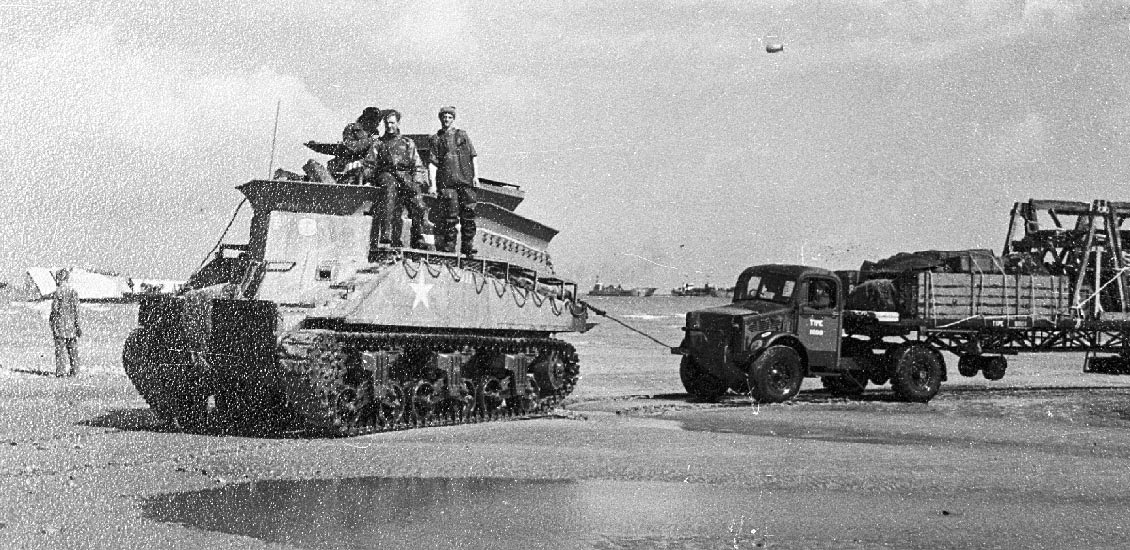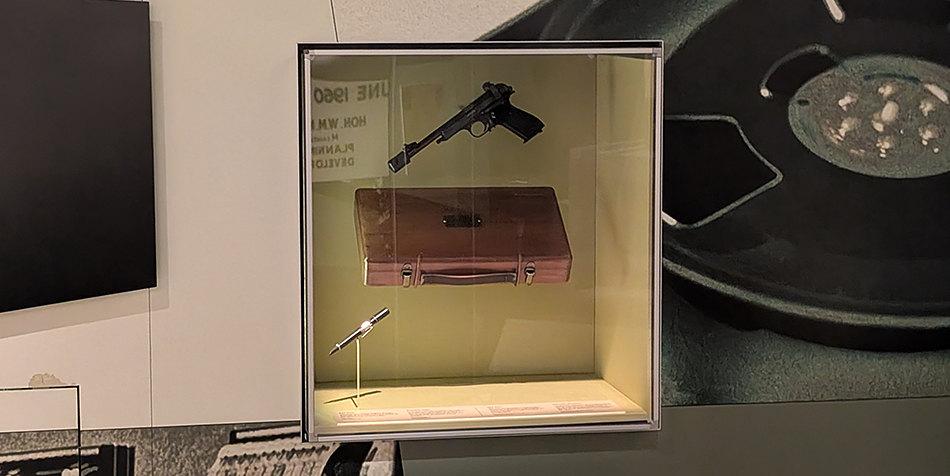During the Cold War, a superpower conflict that divided the world along ideological lines for more than 40 years, close to one million members of the Canadian Forces and their families were stationed in NATO bases in Western Europe. Most of the Canadians served in West Germany, ready to defend Western Europe from attack by the Soviet Union and the Warsaw Pact.
| www.flickr.com
|
The Berlin Wall was a heavily guarded barrier that separated East and West Berlin from 1961 to 1989. The Wall rapidly became one of the most notorious symbols of the “Iron Curtain” lowered across Europe by the Soviet Union after the Second World War.
The East German government ostensibly erected the Wall to protect its citizens against threats from the West. In practice, the Wall’s concrete fortifications, armed guards, barbed wire and other defences prevented East Germans from fleeing to the West. Thousands of people tried to escape over the Berlin Wall, and more than 200 people died in their attempt.
In 1989, political change and civil unrest began to sweep Eastern Europe, forcing Communist governments to liberalize their political and economic systems. On November 9, the East German government relaxed its restrictions on travel to the West. Crowds swarmed over the Berlin Wall and across the border, leading to Germany’s official reunification a year later. The Berlin Wall was dismantled, and pieces were dispersed around the world.
The segment of the Wall now at the Canadian War Museum was presented as a gift to the Canadian people by the German government. It was housed for many years in the Government Conference Centre in downtown Ottawa, the site of a 1990 international summit that helped set the framework for peaceful German reunification. The dramatic, graffiti-adorned piece of reinforced concrete was installed in the Centre in 1991.
In 2009, Prime Minister Stephen Harper announced that it would be transferred to the Canadian War Museum, where it is now on permanent display.



